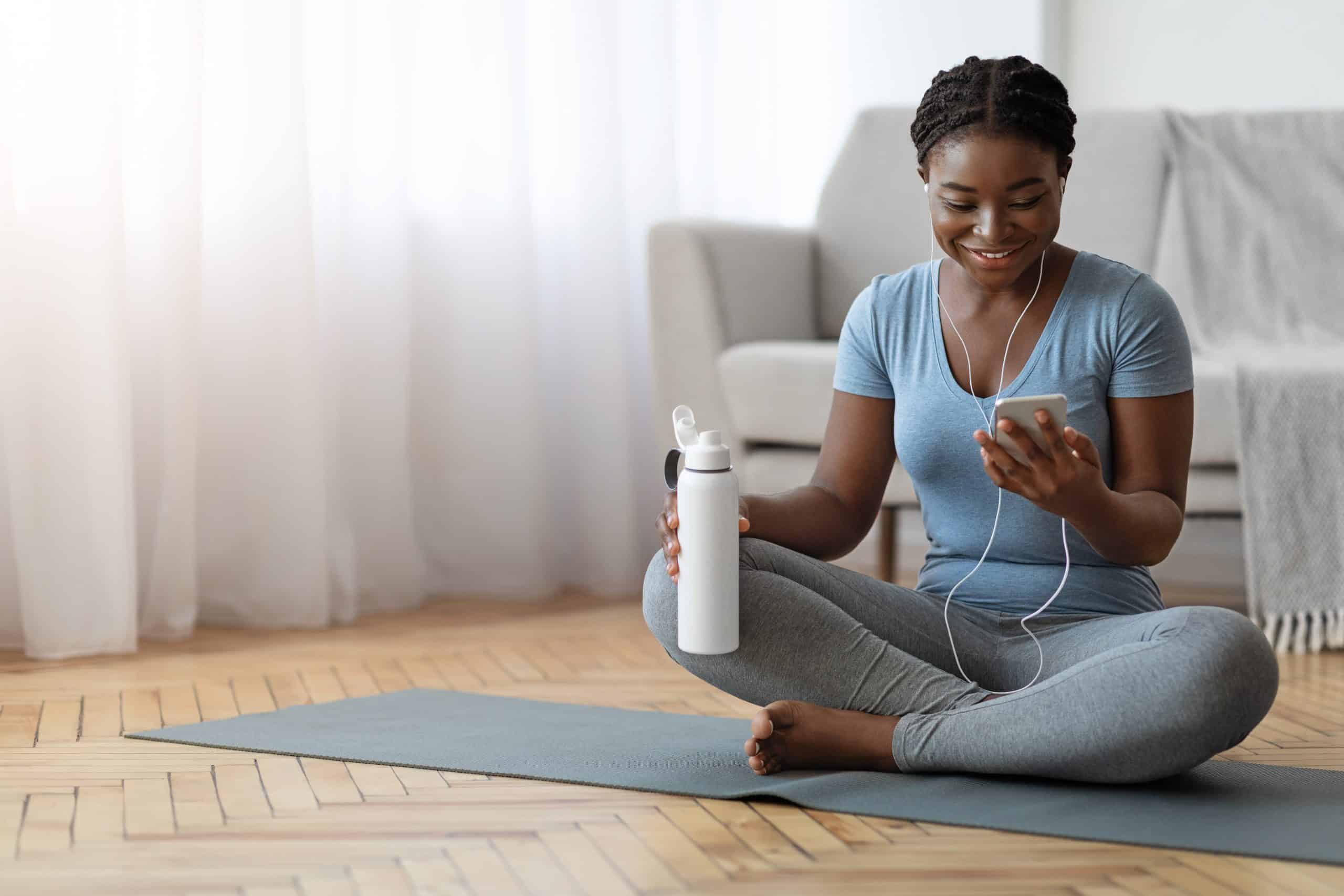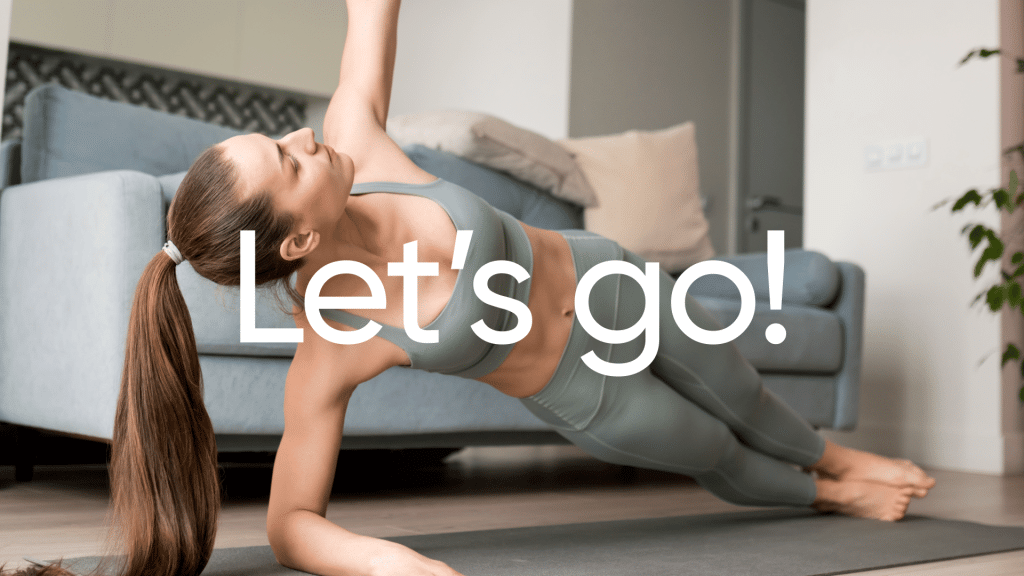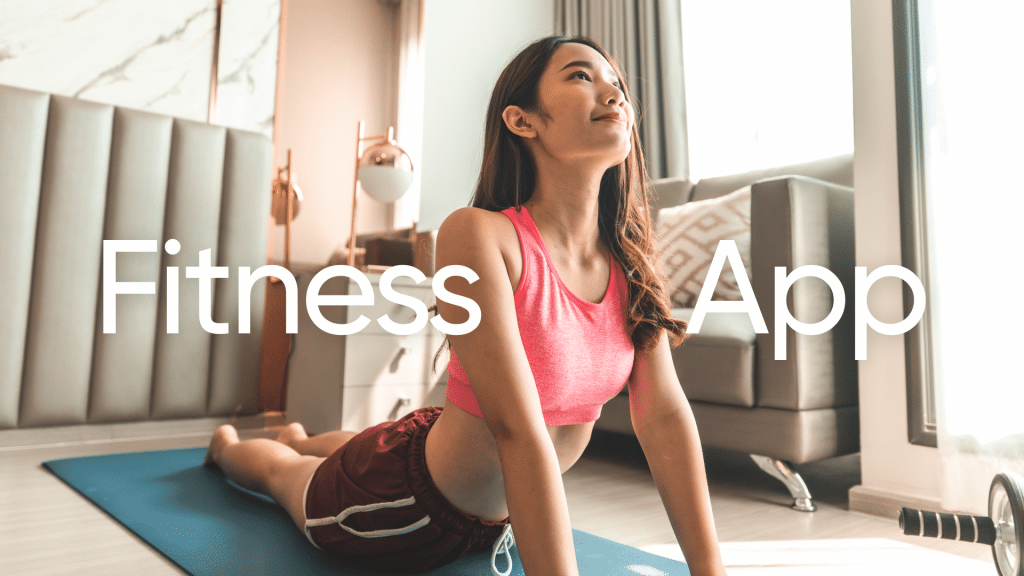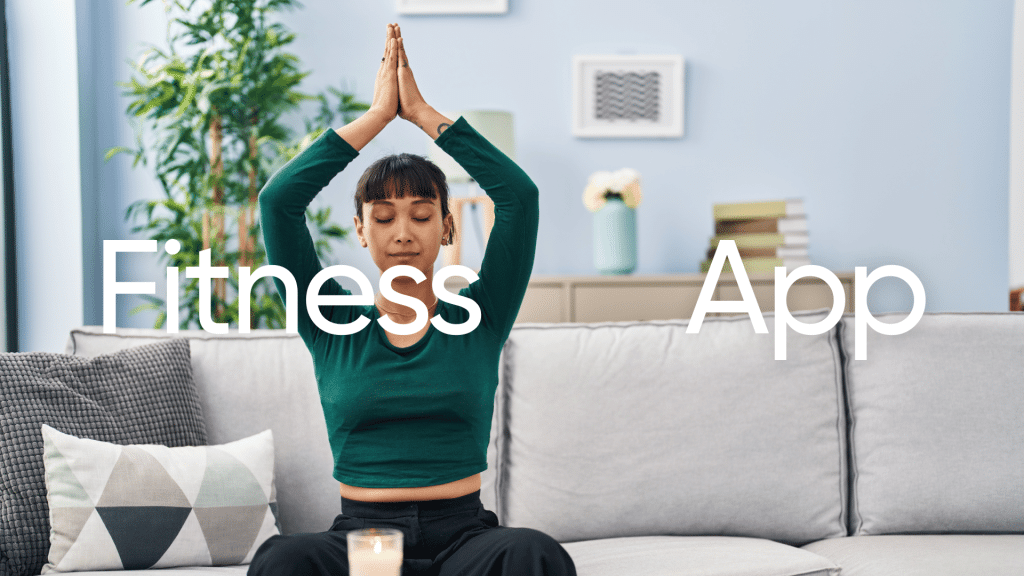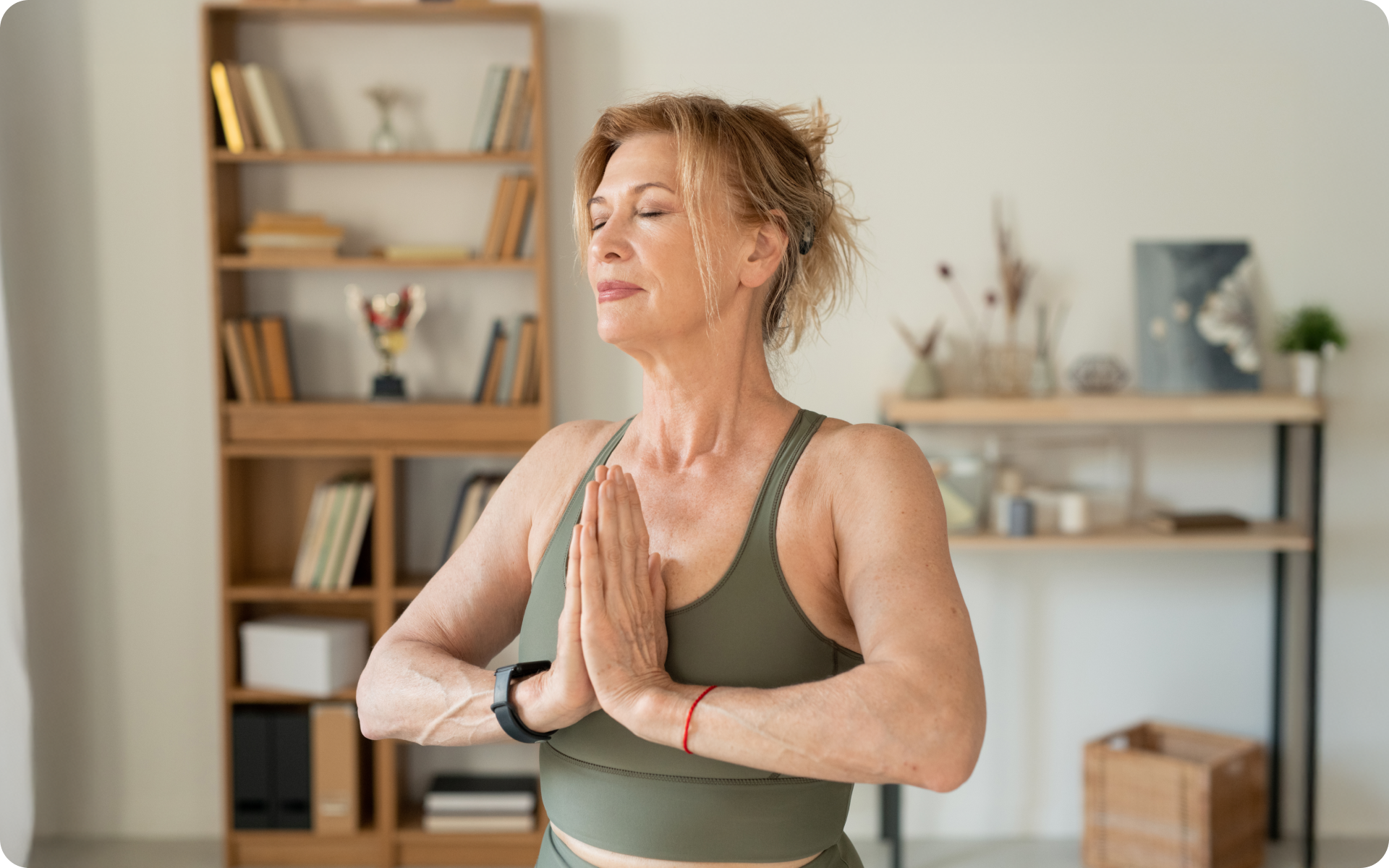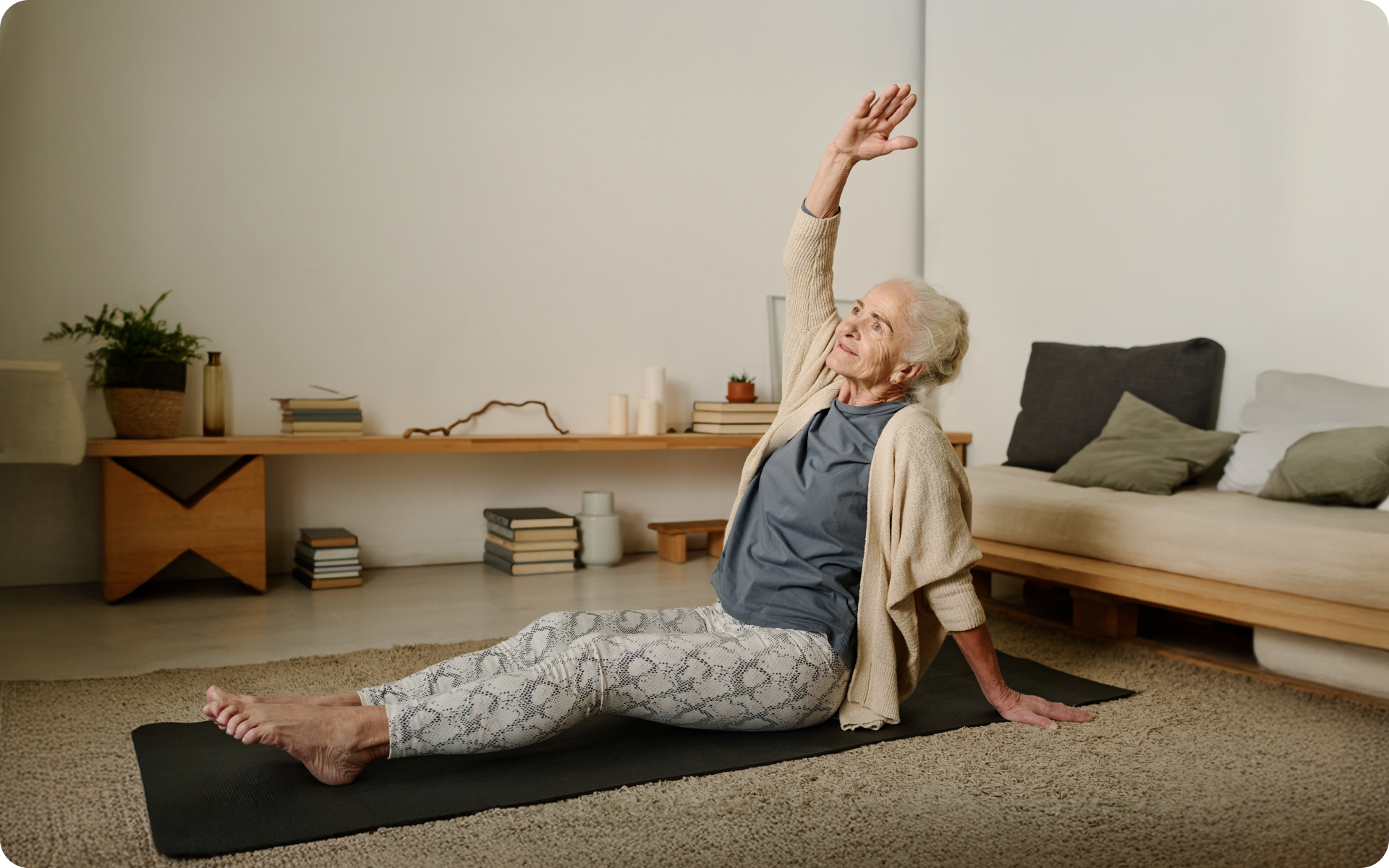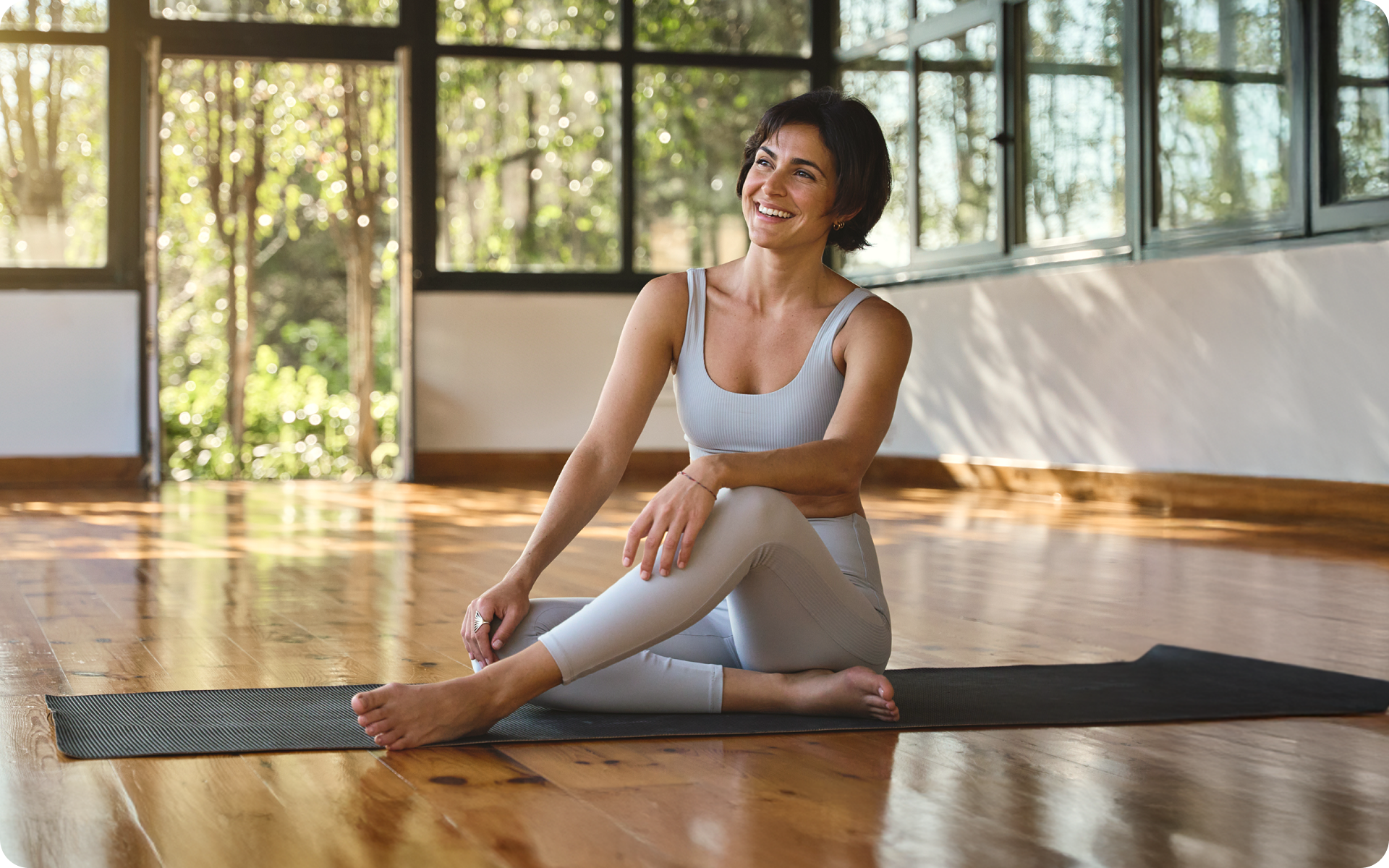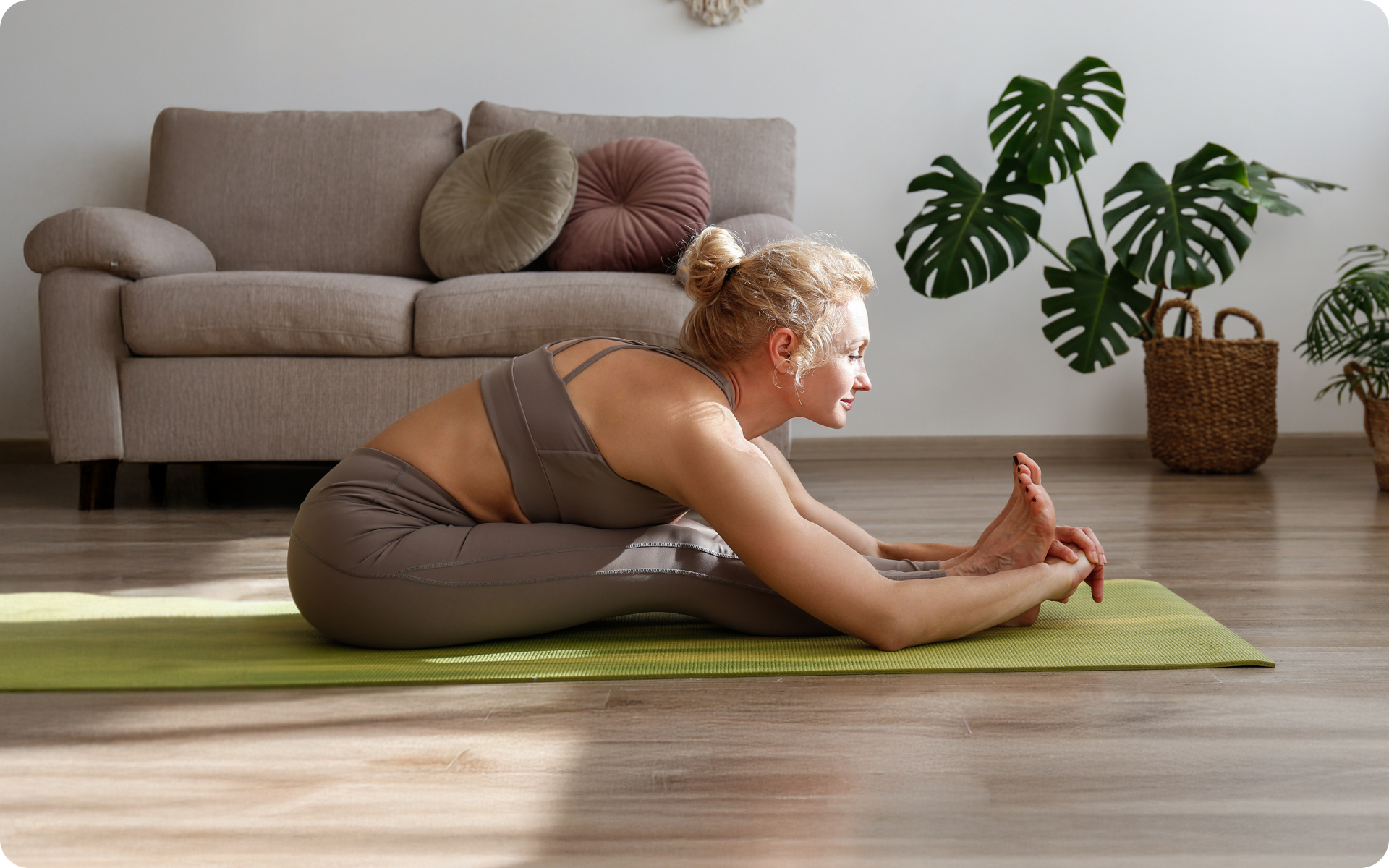Seeing yogis effortlessly contort their bodies into pretzels can be intimidating. But what they’re doing isn’t for show—they’re practicing yoga, which requires both mental and physical discipline. Yoga has been shown to offer a number of health benefits, including improved flexibility. This is because yoga involves stretching and lengthening the muscles, which can help increase your range of motion and make it easier for you to perform activities that require flexibility, such as reaching up to a high shelf or bending down to tie your shoes. But you don’t have to be a yogi to benefit from increased flexibility. Anyone can reap the rewards of stretching, whether you’re an athlete, a weekend warrior, or someone who just wants to be able to touch your toes. So what exactly is flexibility? And how can you improve it with sofa yoga? Keep reading to find out.
What Is Flexibility?
Flexibility is the ability of a muscle to lengthen and move through a full range of motion. This means that the muscle is able to lengthen and contract as needed, which is important for activities such as walking, running, and lifting.
While some people are naturally more flexible than others, everyone can improve their flexibility with regular stretching. This is because stretching helps to lengthen the muscle fibers and increase the range of motion at a joint.
Sofa yoga involves using everyday furniture to help you stretch and lengthen your muscles. This type of yoga is a great way to improve your flexibility, since it allows you to target specific areas that may be tight or restricted.
Why Is Flexibility Important?
Flexibility is important for a number of reasons.
1. Improving Flexibility Can Help Reduce Your Risk Of Injuries
Muscle imbalances can lead to joint problems and other musculoskeletal injuries. When the muscles around a joint are tight, they can put extra pressure on the joint, which can eventually lead to pain and inflammation.
Stretching can help to alleviate this pressure by lengthening the muscles and restoring balance (5). This can help reduce your risk of injuries, whether you’re an athlete or someone who simply wants to avoid a sprained ankle or strained back.
2. Flexibility Can Improve Your Performance In Physical Activities
Whether you’re a runner, a cyclist, or a soccer player, increased flexibility can help you perform better in your chosen activity. This is because tight muscles can limit your range of motion and cause you to move less efficiently.
For example, if your hamstrings are tight, they may not be able to fully extend when you run, which can lead to a shorter stride and reduced speed. Stretching can help lengthen the muscles and improve your range of motion, making it easier for you to move more efficiently and achieve your personal best (1).
Read More: Sofa Yoga For Seniors – A Safe And Effective Exercise For Older Adults
3. Increased Flexibility Can Help Relieve Pain
Tight muscles can cause pain in the joints and other areas of the body. This is because the muscle fibers can pull on the bones and tissues they’re attached to, which can lead to inflammation and discomfort.
Stretching can help loosen the muscles and relieve this pressure, which can help reduce pain (4). This is why stretching is often recommended as a treatment for conditions such as lower back pain, arthritis, and fibromyalgia .
4. Flexibility Can Reduce Stress And Improve Your Mood
Stretching can also help reduce stress and improve your mood (7). This is because stretching releases endorphins, which are hormones that have mood-boosting effects.
In addition, stress can cause the muscles to tense up, which can lead to pain and inflammation. Stretching can help relieve this tension and improve your overall sense of wellbeing.
5. Flexibility Can Increase Your Energy Levels
If you feel like you’re always tired, increased flexibility can help. This is because tight muscles can cause fatigue and make it difficult to get a good night’s sleep.
Stretching can help loosen the muscles and improve circulation, which can increase your energy levels and help you feel more rested (6).
6. Flexibility Can Improve Your Posture And Balance
Desk jobs, poor posture, and inactivity can cause the muscles to become shortened and tight. This can lead to rounded shoulders and a forward head position, which can contribute to back pain.
When you stretch the muscles, you can help lengthen them and improve your posture (4). This can also help improve your balance by restoring muscle symmetry.
7. Flexibility Can Help You Breathe More Deeply
Deep breathing is important for overall health (2), but it can be difficult if the muscles in your chest and abdomen are tight. Stretching can help loosen these muscles and make it easier for you to take deep breaths (6).
How To Improve Flexibility With Sofa Yoga
Sofa yoga is the answer to your flexibility prayers, whether you’re a beginner or you’ve been practicing yoga for years.
This simple, yet effective routine can be done in the comfort of your own home, and all you need is a sofa and a few minutes to spare.
The beauty of sofa yoga is that it’s gentle and low-impact, so it’s perfect for those days when you’re feeling a bit stiff and sore.
It’s also a great way to unwind after a long day at work, or to wake up your body after a restful night’s sleep.
But before you get started, there are a few things you should keep in mind.
1. Make Sure You Have Enough Space
Before you start your sofa yoga routine, make sure you have enough space to move around freely. You don’t want to be cramped up or too close to the furniture, as this could make it difficult to do some of the stretches and could even lead to injury.
2. Wear Comfortable Clothing
Wear clothing that you feel comfortable moving in, such as yoga pants or leggings, and a tank top or t-shirt. Avoid anything too tight or constricting, as this could again make it difficult to do the stretches properly.
Whether you are a prolific yoga master or a motivated amateur making yoga your habit is not easy. That is why the BetterMe app is the perfect starting point for newbies and experts. Install the app and experience effective yoga training.
3. Warm Up Before You Start
It’s always a good idea to warm up before you start any kind of physical activity, and this is especially true for yoga (8).
A simple way to warm up for sofa yoga is to do some gentle neck rolls and shoulder shrugs. You can also march in place or do some light jogging on the spot.
4. Ease Into The Stretches
Remember to go slowly and ease into the stretches. You shouldn’t feel any pain when you’re doing them, so if you do, stop immediately and modify the stretch or try a different one.
5. Breathe Deeply
Deep breathing is an important part of yoga. It’s not only relaxing, but it can also help improve your flexibility.
Whenever you’re doing a stretch, take deep breaths in through your nose and out through your mouth. This will help you relax and will also provide oxygen to your muscles, which can aid in the stretching process.
6. Follow A Routine
It’s a good idea to follow a specific routine when you’re doing sofa yoga, as this will help ensure that you’re stretching all of the major muscle groups. Plus, consistently doing the same routine will help improve your flexibility over time.
The BetterMe app is a great place to start, as it offers a variety of yoga routines for all levels, from beginner to advanced. The sofa yoga routine is especially helpful for senior adults and those with limited mobility. Each pose is simplified and demonstrated to help you understand what it should look like.
7. Don’t Forget To Cool Down
Once you’ve finished your sofa yoga routine, it’s important to cool down properly. This will help your muscles to slowly transition back to their normal state and will prevent them from becoming stiff or sore.
A cool-down can be as simple as taking a few deep breaths or doing some gentle walking in place. You can also do some light stretching, such as reaching your arms up overhead or rolling your shoulders back.
You could end your session with a relaxing pose. This could be something like a child’s pose or savasana. This will help your body to gradually come out of the stretches and will also give you a chance to relax and focus on your breath.
Easy Sofa Yoga Routine For Flexibility
Some yoga poses are better for improving flexibility than others and these are the poses that we will focus on in this sofa yoga routine. These stretches will help to lengthen your muscles and improve your range of motion.
1. Cat-Cow Pose
This basic yoga pose targets the spine and is a great way to warm up the body for deeper stretches.
Instructions:
- Begin on all fours on the soda with your wrists aligned under your shoulders and your cow pose.
- knees aligned under your hips.
- As you inhale, drop your belly towards the sofa and lift your gaze upwards. This is the As you exhale, tuck your chin towards your chest and round your back towards the ceiling. This is the cat pose.
- Continue moving between these two poses for several breaths.
2. Downward Facing Dog Pose
This well-known yoga pose is a perfect way to stretch out the entire back of the body, including the hamstrings, calves, and feet.
Instructions:
- From all fours on the sofa, tuck your toes under and lift your hips up and back to come into downward facing dog pose.
- Your heels should be reaching towards the floor and your arms should be straight. If your hamstrings are tight, keep a slight bend in your knees.
- Hold this pose for several breaths before moving on to the next stretch.
Read More: Sofa Yoga Benefits: 13 Reasons Why You Should Try This Gentle Form Of Yoga
3. Camel Pose
Camel pose is an excellent way to open up the front of the body, including the chest and shoulders. It also stretches the entire length of the spine.
Instructions:
- Kneel on the sofa with your knees hip-width apart and your toes tucked under.
- Place your hands on either side of your low back with your fingers pointing downwards.
- As you inhale, lift your chest and eyes upwards. As you exhale, arch your back and reach your right hand behind you to grasp your left ankle.
- If you can’t reach your ankle, place your hand on your calf or a yoga block.
- Hold this stretch for several breaths before releasing and repeating on the other side.
4. Pigeon Pose
This deep hip opener stretches the glutes and hips while also lengthening the spine.
Instructions:
- From downward facing dog pose, bring your right knee forward to the outside of your right wrist.
- Lower your left leg down to the floor behind you with your left toes pointing back.
- Walk your hands forward until they are resting in front of your right shin. If you can, lower your forehead to the floor. If this is too deep of a stretch, place a yoga block under your forehead.
- Hold this pose for several breaths before coming out of it and repeating on the other side.
5. Sphinx Pose
This gentle backbend is perfect for beginners or anyone looking for a milder stretch. It helps open up the chest and lengthen the spine.
Instructions:
- Lie on your stomach on the sofa with your legs straight back behind you.
- Place your elbows under your shoulders and prop yourself up onto your forearms.
- As you inhale, lift your chest off of the floor and gaze upwards. Tuck your chin towards your chest to avoid strain on the neck.
- Hold this pose for several breaths before releasing back down to the floor.
The Bottom Line
These easy yoga poses can be done right on your sofa and are perfect for improving flexibility. Add them to your daily routine to help lengthen your muscles and improve your range of motion.
Get your personalized
meal plan!
DISCLAIMER:
This article is intended for general informational purposes only and does not serve to address individual circumstances. It is not a substitute for professional advice or help and should not be relied on for making any kind of decision-making. Any action taken as a direct or indirect result of the information in this article is entirely at your own risk and is your sole responsibility.
BetterMe, its content staff, and its medical advisors accept no responsibility for inaccuracies, errors, misstatements, inconsistencies, or omissions and specifically disclaim any liability, loss or risk, personal, professional or otherwise, which may be incurred as a consequence, directly or indirectly, of the use and/or application of any content.
You should always seek the advice of your physician or other qualified health provider with any questions you may have regarding a medical condition or your specific situation. Never disregard professional medical advice or delay seeking it because of BetterMe content. If you suspect or think you may have a medical emergency, call your doctor.
SOURCES:
- Benefits of flexibility exercises (2015, harvard.edu)
- Effects of Diaphragmatic Breathing on Health: A Narrative Review (2020, nih.gov)
- Effect of Flexibility Training Associated with Multicomponent Training on Posture and Quality of Movement in Physically Inactive Older Women: A Randomized Study (2021, nih.gov)
- Effect of stretching-based rehabilitation on pain, flexibility and muscle strength in dancers with hamstring injury: a single-blind, prospective, randomized clinical trial (2017, nih.gov)
- Stretching and injury prevention: an obscure relationship (2004, nih.gov)
- Stretching: Focus on flexibility (2020, mayoclinic.org)
- The Simple Act of Stretching (2021, consolate.edu)
- Why Warming Up and Cooling Down is Important (2016, trycitymed.org)
